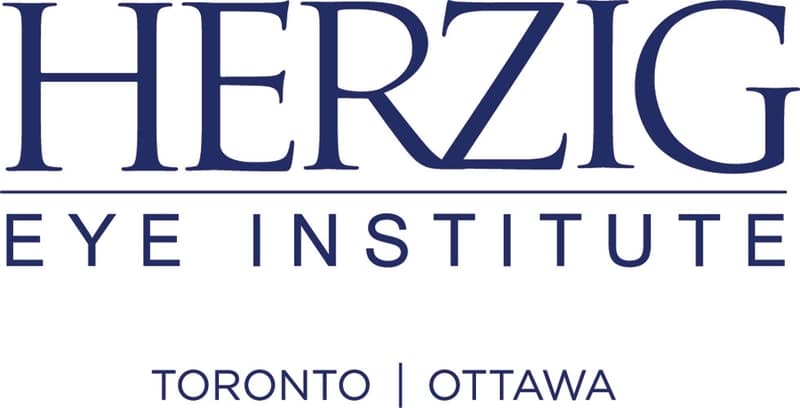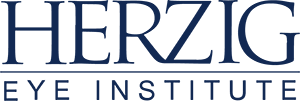Intraocular Lens (IOL) Options
Intraocular Lenses (IOLs) are used during Cataract Surgery and Refractive Lens Exchange (RLE) in which an ophthalmologist will surgically replace the eye’s natural lens with an artificial IOL to treat eye conditions such as cataracts, nearsightedness, farsightedness, presbyopia, or astigmatism.

Which IOL is best to Improve my vision?
A comprehensive consultation at Herzig Eye Institute is the first step towards determining which IOL can help you achieve your best possible vision. During your in-person consultation, highly trained technicians will conduct several advanced diagnostic measurements which will then be used by our doctors to determine your candidacy for a refractive lens exchange (RLE) or cataract procedure.
What are the different types of IOLs?
Your eyes are unique. The team at Herzig Eye Institute specializes in helping determine which of the many IOLs will help you achieve your vision goals following your procedure. Here is a breakdown of the various categories of IOLs. A comprehensive consultation is essential to determine which IOLs may be suitable for you.
Toggle to See What’s Possible Following Cataract Surgery







